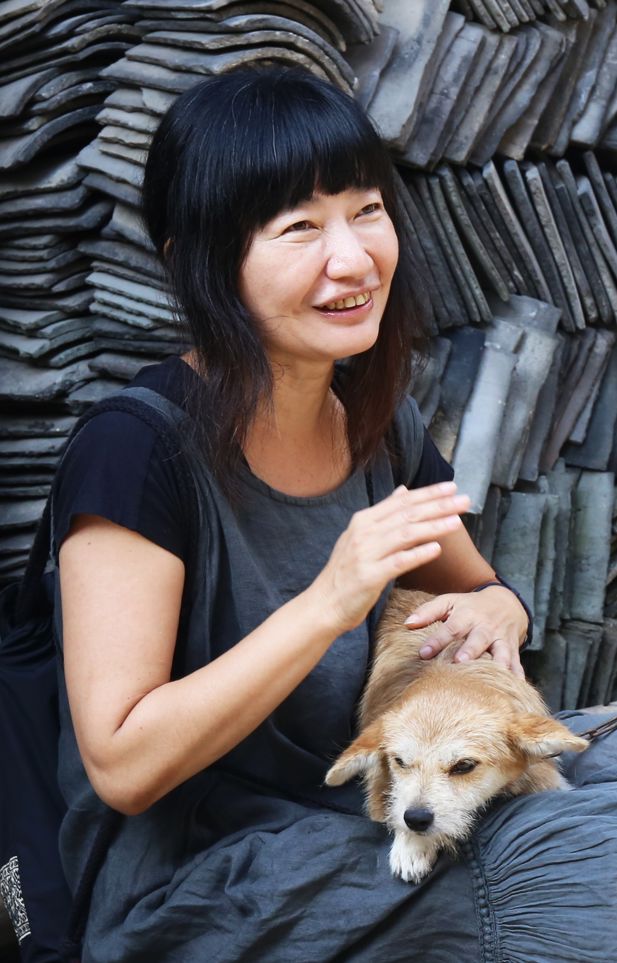Preserving Cultural Heritages; Sustaining Social Diversities
- Location
- ERI lecture theatre Room G51
- Dates
- Wednesday 25 October 2017 (17:00-18:00)

Shenglin Elijah Chang, Ph.D., Tea Farmer, Professor, Graduate Institute of Building and Planning, National Taiwan University (NTU) Director, Social Design, NTU-D School Board, NTU Building and Planning Research Foundation.
This lecture introduces the cultural heritage related projects that have been done by the Building and Planning Research Foundation (BPRF) at the National Taiwan University (NTU). Established in 1990 by the Graduate Institute of Building and Planning, the work of BPRF focuses on local community development, on cultural and historical conservation, and on environmentally friendly rural and urban design.
First of all, based on various historical preservation cases, Professor Chang will briefly explain how the BPRF specializes in working with stakeholder communities in developing socio-cultural knowledge base as the crucial foundation for planning and design. The projects include Kochapogan slack stone houses in Pingdong, traditional Dawo houses in Orchid Island, the sacred Island Lula of Thao tribe in the Sun Moon Lake of Taichong, preservation projects of Japanese houses, American vintage housing, and the Le-sheng Leprosy Hospital.
Secondly, there will be a focus on the Treasure-Hill community, the most famous preservation project in Taipei. The Treasure-Hill community is a fringe hill-side settlement of about 100 urban squatters and their families. After the War, the great retreat of the Nationalist government ushered in an abrupt migration flux to the Capital city which amounted to more than 330,000 immigrants from Mainland China at a very short span of time. The shortage of housing supply was partially compensated by self-help squatter buildings mushrooming at various blocks and areas in the city, many of which were then and later designated as urban parks for future land use. Approximately one-third of Taipei's population lived in squatter setting in the 1950s, and the third-world experiences were regarded as an integral part of the city's history and are still acute the moment one enters places like the Treasure-Hill settlement. Such a phenomenon provides a perceptual framework in fathoming the social meaning of the Treasure Hill.
In conclusion, there will be a discussion of how the Treasure-Hill Settlement as a cultural landscape has involved discourses on its relationship with the surrounding natural environment, its local history, and community identification. From this stance, Professor Chang will investigate how the conservation of the Treasure-Hill settlement has gathered enthusiastic support from intellectuals, NGOs, and local citizens; yet contradicted the rationale of Taipei's modernist planning which prioritizes urban function as a whole over collective memories of the few.